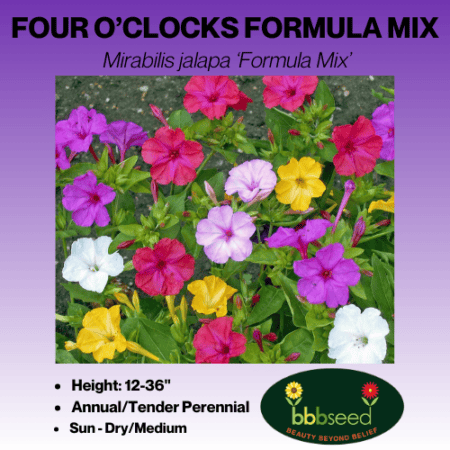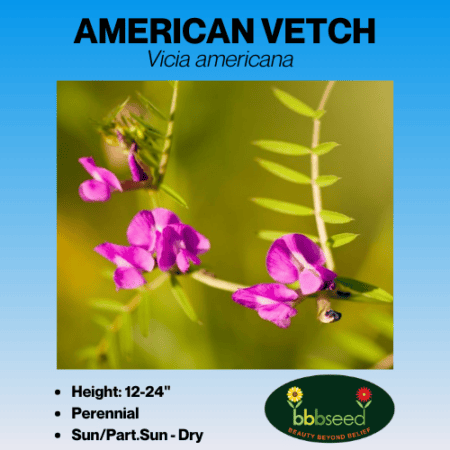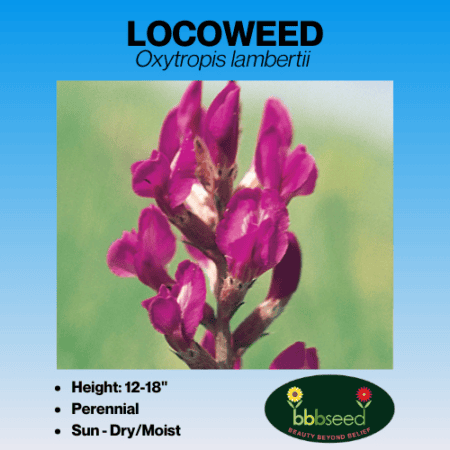Description
Monarch Flower Seed Collection
Our Monarch Flower Seed Collection will give you an assortment of species known to be favorites of Monarch Butterflies for nectar source and food for larval growth. Adult monarchs follow nectar corridors, a series of habitat patches of plants that flower at appropriate times during the spring and fall migrations. They provide stopping off points for the butterflies to feed and stock up during their long migrations.
You’ll find a mixture of annuals and perennials in our Monarch Flower Seed Collection. Save the seeds to resow your annuals each year!
– All pure seed, no fillers
– Non GMO
The following annuals and perennials are in included in our Monarch Flower Seed Collection:
Purple Coneflower (Echinacea purpurea), California Giants Zinnia (Zinnia elegans ‘California Giants’), Mexican Sunflower (Tithonia rotundifolia), Rocket Larkspur (Consolida ajacis), Cosmos (Cosmos bipinnatus), Butterfly Milkweed (Asclepias tuberosa)
To learn about the White House’s unprecedented alliance for bee and Monarch butterfly recovery, click here.
Some tips for planting and growing Milkweed successfully
Milkweed seed has a high percentage of dormancy, which means that many of the seeds in the packet included in your Monarch Flower Seed Collection won’t germinate without special treatment or will germinate, not this season, but maybe the next season. So here are some suggestions.
-Prep:
Milkweed seeds need to be exposed to cold temperatures that normally occur in winter to help to break the natural dormancy and help to soften the hard outer casing. If you are planning to start your Milkweeds indoors, you will need to do this cold stratification, yourself. You can do this by putting your Milkweed seed in a damp paper towel, folding it to fit into a sealed plastic bag, then placing the bag into the refrigerator. Keep it there for 4-6 weeks.
Other methods: Nick seeds with a sharp razor blade. Soak seeds in hot (190 deg. F, to start) water for 12 hours prior to planting. (not as successful)
– Planting:
Plant in small 2-4″ peat pots (recommended) or tall plastic pots. Use ‘seed-starting’ soil or medium. Moisten the soil, place 1-2 seeds into each pot and cover with 1/4″ damp soil or medium. Place the pots where they can drain. Water gently or fill tray with 1/2 ” water to be absorbed from the bottom of the peat pots. Water when the top of the soil is dry and don’t overwater.
Milkweed seeds germinate in warm conditions, so place tray of pots in a warm sunny window, greenhouse, or under a grow light. Germination in 10-15 days for cold-stratified seeds. To encourage sturdy stems, place your grow light bulb close to the soil. Sometimes a small fan blowing gently towards the new seedlings will encourage sturdier stems.
– Other planting methods:
Plant non-stratified seed into peat pots filled with seed-starting soil or medium. Moisten, and place in greenhouse or under grow light. This germination might take several months. If planting outside, seed in late fall. Let the Milkweed seed remain over the winter. This will accomplish the cold-stratification, needed. Germination should occur when the soil warms and the days are longer.
-Transplanting:
When plants reach 2-3″ tall, transplant outdoors in full sun in early spring after danger of frost is past. Milkweed produces a long taproot, so take care to not disturb the roots. Plant peat pots so that the top edge of the small pot is underground to avoid drying out. If you Milkweed seedlings were planted in plastic pots, take extra care to not disturb the roots.
Water after planting until plants are established. Then tapering off, unless the season is extremely dry. The newly planted Milkweed seedlings may loose all their leaves due to transplant shock, but should grow them back again.









Reviews
There are no reviews yet.